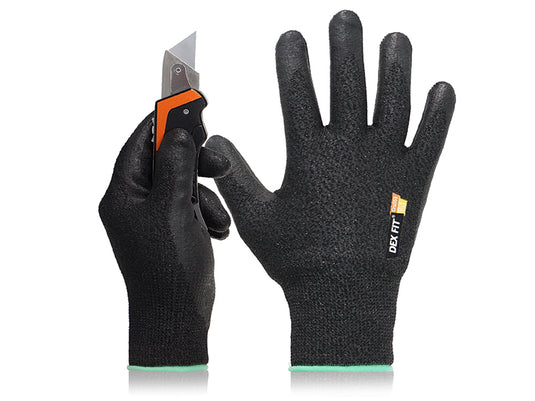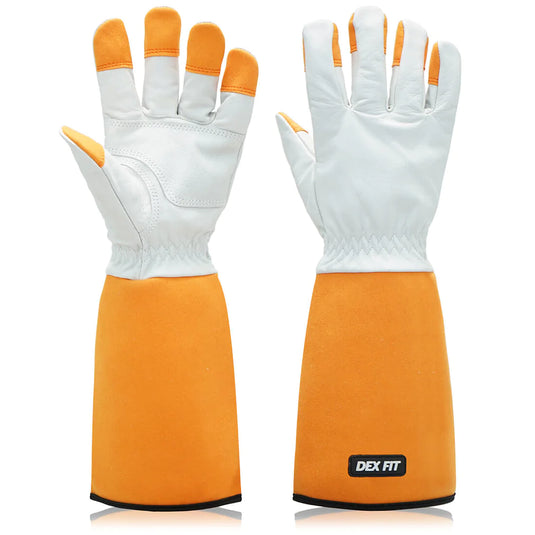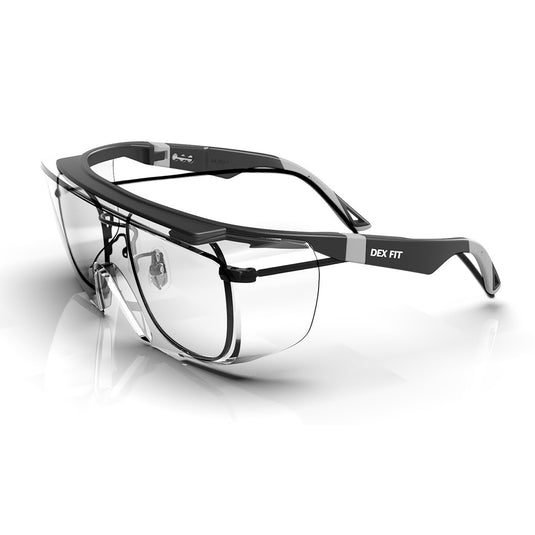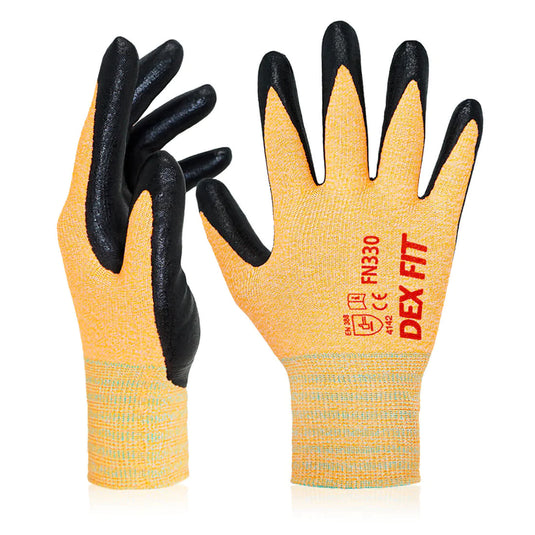In industries where needle sticks, glass shards, and fine-point punctures are a daily threat, standard gloves just don’t cut it—literally. Whether you're an EMT responding to a medical emergency, a sanitation worker handling waste, or a recycler sorting through high-risk materials, you need more than just basic protection.
That’s where needle-resistant gloves come in. But not all of them are created equal.
In this post, we’ll break down what true needle resistance means, why ASTM F2878 certification matters, and what features to look for—featuring a close-up look at Muveen’s NPG420 gloves.
Why Needle Resistance Is Different from Regular Puncture Resistance
Most gloves rated for puncture resistance are tested using blunt probes, like those used in the EN388 or ASTM F1342 standards. While useful for resisting things like nails or thick splinters, these tests don’t reflect the threat posed by hypodermic needles or fine medical sharps.
That’s why ASTM F2878 exists.
What Is ASTM F2878?
ASTM F2878 is the standard test method for measuring the resistance of protective clothing materials to puncture by hypodermic needles—the kind most likely to pierce traditional gloves.
This test uses 21-, 25-, or 28-gauge hypodermic needles (the higher the gauge, the thinner the needle) and measures how much force is needed for the needle to penetrate the glove. For frontline workers dealing with biohazards or unpredictable materials, gloves tested under this standard are essential.
What to Look for in a Needle-Resistant Glove
To protect against real-world threats like syringes, glass shards, and drug paraphernalia, the right glove should offer:
-
ASTM F2878 certification for hypodermic needle resistance
-
Reinforced palm and finger zones, where impacts and punctures are most likely
-
Dexterity and grip that won’t compromise your ability to do delicate or precise work
-
Layered construction that blends flexibility with impenetrability
Featured Product: Muveen NPG420 Needle-Resistant Gloves
Built for hazardous environments where needle sticks are a real concern, the NPG420 glove is Muveen’s flagship needle-resistant solution.
Key Features:
-
ASTM F2878 Tested: Resists penetration by 25-gauge hypodermic needles
-
SuperFabric® Palm: Engineered for extreme puncture resistance while maintaining flexibility
-
Ergonomic Design: Pre-curved fingers and form-fitting shell for all-day comfort
-
High-Grip Palm Coating: Optimized for wet, dry, or oily environments
-
Cut Resistance: ANSI A6 rating for added protection from blades and edges
Test Results Snapshot:
-
25-gauge needle resistance: Passed with a penetration resistance of over 7 Newtons
-
Dexterity rating: Maintains high finger sensitivity thanks to precision-engineered layering
-
Grip retention: Excellent performance in wet and contaminated environments
Who Needs the NPG420?
If you work in any of the following roles, the NPG420 glove was built with your safety in mind:
-
Emergency medical technicians (EMTs)
-
Law enforcement & corrections
-
Municipal waste & sanitation workers
-
Recycling and materials recovery personnel
-
Biohazard response and cleanup crews
Bottom Line: Don’t Settle for General Protection
When the threat is real, vague “puncture resistance” won’t cut it. Look for needle-specific testing, reinforced high-risk zones, and gloves designed for actual field use. The Muveen NPG420 delivers exactly that.
👉 Explore the NPG420 and Muveen’s full range of needle- and cut-resistant gloves here.
Stay protected. Stay precise. Face real hazards with real defense.





